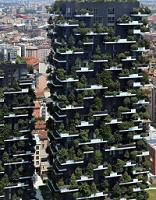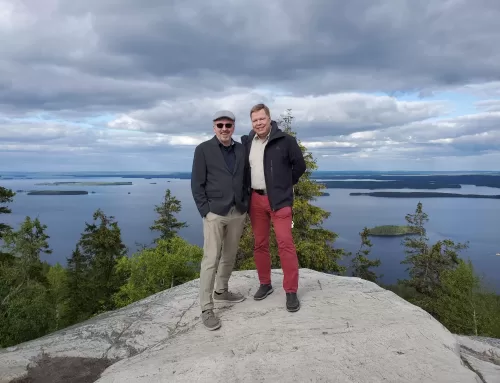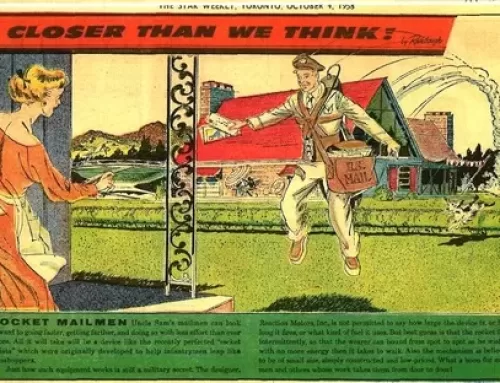 The Roman historian Tacitus recorded how Julius Caesar once interviewed men who had journeyed for two months from Poland to Gaul (France) without ever once glimpsing sunlight. Since those days, however, it seems like civilization has been measured largely by how far the forest eaves could be pushed back from the farmland and the city walls built by humans. But recent decades have begun to see a reversal to that way of thinking.
The Roman historian Tacitus recorded how Julius Caesar once interviewed men who had journeyed for two months from Poland to Gaul (France) without ever once glimpsing sunlight. Since those days, however, it seems like civilization has been measured largely by how far the forest eaves could be pushed back from the farmland and the city walls built by humans. But recent decades have begun to see a reversal to that way of thinking.
From the rooftop gardens of the wealthy, the idea of forests coexistent with modern cities has taken hold and suggests a variety of ways to introduce significant greenery back into cities, not just as dedicated horizontal parks at ground-level, but as an integrated approach to sustainable urban design. Forested stretches of old elevated rail lines are already a reality in New York City, with other “high-line” parks in the works around the world. Forests entirely indoors have been proposed: in Belgium a huge abandoned industrial complex may become just that sort of multi-level, multi-use “green haven”. In Asia too, the first steps of reversing that long trend of cities encroaching on green space have found a place as China (whose capital Beijing is badly affected by air pollution) plans new buildings constructed from the ground up as “vertical forests”.
Although the upward greening of the world’s cities won’t happen overnight, we can still ask what might be some of the advantages of this new trend. Besides encouraging biodiversity, the ascending concentration of planting will help improve air quality, reduce the need for expensive street-level space, and provide a welcome, even personal, environment for the human residents. Indeed, perhaps in time people might decide they have little need to visit a “real” forest located so inconveniently far away. Cities which used to compete to raise the highest skyscraper might instead vie to offer the most verdant and pleasant green cityscape.
Of course, urban forests may also result in unintended consequences as well. Some cities, struggling to provide enough water for their human population, might find themselves having to make difficult choices in allocating that precious resource. While the forests should bring the return of many long-absent species, such as songbirds and bees, they may also exacerbate the problem of urban pests: those already entrenched in the city (rats, mice, raccoons, and ants), as well as new ones, such as ticks, beetles, borers, and moths.
Still, the positives remain. We can imagine businesses hosting bird-watching expeditions around the newly-verdant skyscrapers of Manhattan. These leisurely aerial tours, in the comfort of solar-powered blimps or in personal drones, might give visitors an exciting view of the growing population of eagles nesting on the heights of downtown high-rises. While the lower East Side has already been known for over half a century for its many smaller raptors, it is only with the rise of the vertical forests that the increasing availability and abundance of prey species, has allowed the establishment of colonies of the largest apex predators. Perhaps visitors will even be able to disembark on the roofs of selected buildings for a closer look, though perhaps on such tours patrons should be discouraged from bringing along pets or very small children.
(image from https://www.pinterest.com/pin/522487994248338751/)



